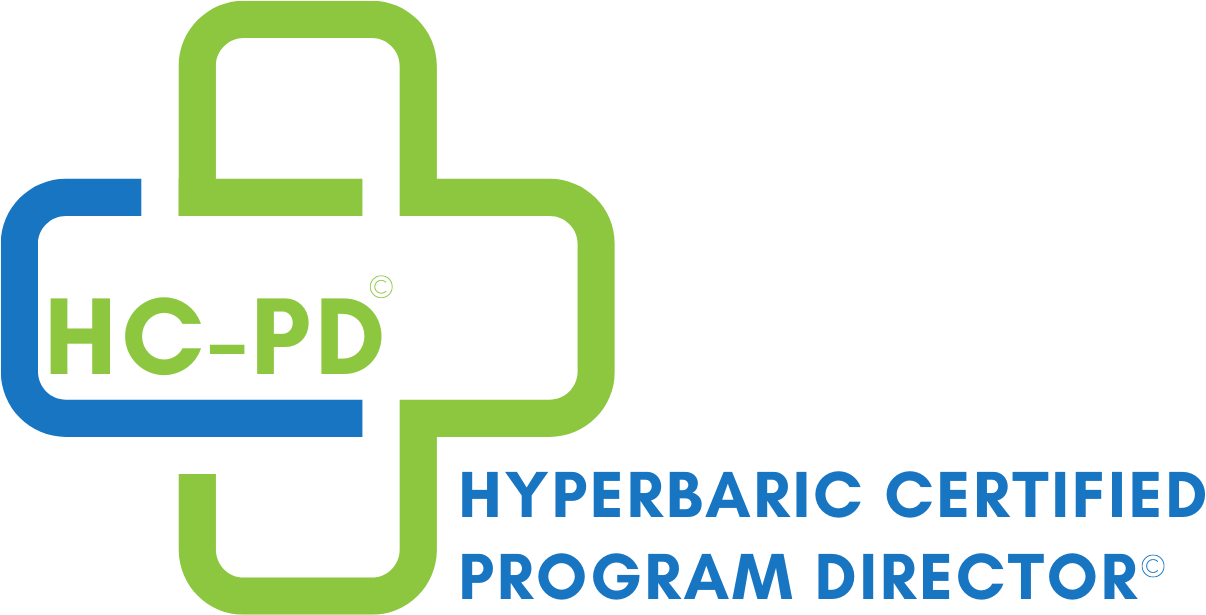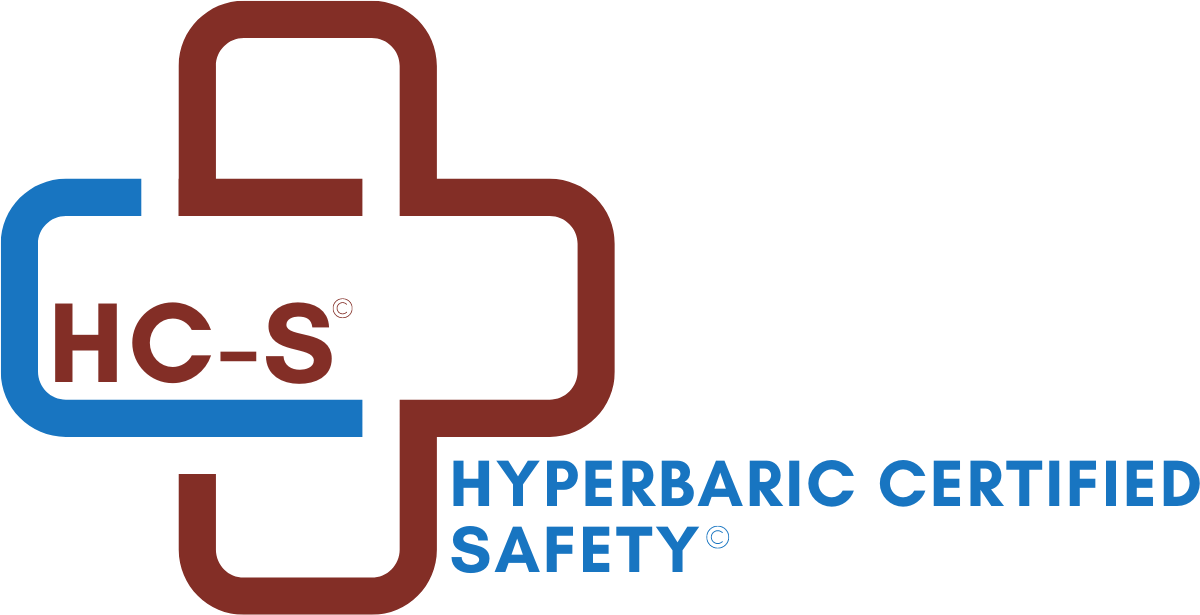Rx Pad
Chronic Wound Care
wound care courses
Chronic wounds may have cost the U.S. Medicare system as much as $95 billion dollars in 2014, which rivals the gross domestic product (GDP) of a small European country. Nearly 15% of all Medicare patients are affected, far more than have heart failure, although unlike heart disease, there are no recognized specialty training programs producing wound care experts to manage the growing epidemic of problem wounds. This is in part because a nonhealing wound is not actually a disease so much as it is a symptom. The typical patient with a nonhealing wound has an average of six serious comorbid conditions and takes an average of ten medications. If a wound fails to achieve healing, there is always a reason, and often more than one reason, with several different organ systems involved.
The most common reason wounds fail to heal is tissue hypoxia.
The most common reason wounds fail to heal is tissue hypoxia. There was a time when we did not know that basic fact. The critical role of hypoxia in chronic wounds was identified in the 1970s through the pioneering work of Paul Sheffield and his colleagues at Brooks Air Force Base in San Antonio, Texas, some of whom implanted gas permeable electrodes in the subcutaneous tissue of their own thighs to better understand oxygen diffusion. It has been four decades since Paul first helped to elucidate the role of oxygen in healing, during which new methods of improving vascular supply have become available. Yet, we continue to struggle with implementing simple, noninvasive vascular screening to identify patients with ischemia. In some ways we have advanced very far, and in other ways, we have made little progress. In the absence of a recognized medical specialty, the training programs and textbooks developed by pioneers like Paul Sheffield continue to fill a vital role in moving the field forward. Jay Shah and I are immeasurably grateful for Paul’s guidance and leadership in this latest contribution to the field of wound care. We will borrow a quote from him to express our gratitude to say that in working with him on this project, we have been, “strutting in high cotton.”
This text is written by Dr. Caroline Fife and found in the forward for the 2017 "Textbook of Chronic Wound Care: An Evidence-Based Approach for Diagnosis and Treatment". This textbook is published by Best Publishing Company and co-edited by Jayesh B. Shah, MD, Paul J. Sheffield, PhD, Caroline E. Fife, MD. This book and it's companion book "Wound Care Care Certification Study Guide" both may be found at www.bestpub.com
Textbook of Chronic Wound Care: An Evidence-Based Approach for Diagnosis and Treatment
This textbook is a companion reference book for the Wound Care Certification Study Guide, 2nd Edition. It belongs in the library of every practitioner who treats chronic wound care patients and proves to be a valuable text for medical students and all health-care professionals - doctors, podiatrists, physician assistants, nurse practitioners, nurses, physical and oocupational therapists - in various settings. It provides thorough understanding of the evidence-based multipdisciplinary approach for caring for patients with different kinds of wounds.
This provides the best diagnostic and management information for chronic wound care in conjunction with evidence-based clinical pathways illustrated by case studies and more than 350 pictures in addition to up-to-date information for the challenging chronic wound care problems in an easy-to-understand format.
wound care courses
For more wound care education check out WCEP's course Wound Care Certification Prep Course and Refresher Training This course provides educational instruction to students who are studying and preparing for a wound care certification exam.
The Business Of Wound Care And Hyperbaric Medicine is a two-day workshop specifically designed to support clinic administrators, medical directors, and hospital executives in marketing and administrating a hyperbaric and wound care center in a manner that supports positive patient outcomes and long-term successful business operations.
When you subscribe to the blog, we will send you an e-mail when there are new updates on the site so you wouldn't miss them.



Comments 1
Thank you for this insightful article on chronic wound care, especially the reminder that tissue hypoxia is often the key barrier to healing. I found the historical perspective—like the early oxygen diffusion studies at Brooks Air Force Base—particularly enlightening.